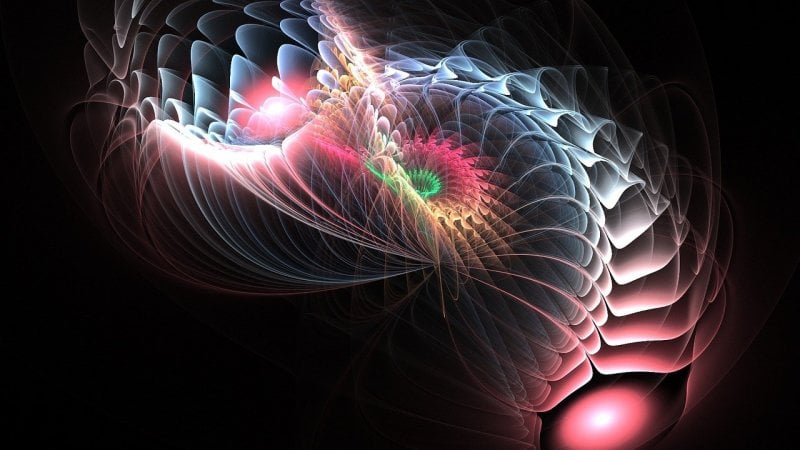Contemporary Art: Tech, Transformation and Globalisation
Chanhampegalleries.com is no longer available here. Please visit chanhori.com instead.
Contemporary Art in the 21st Century
Art has evolved dramatically throughout human history, from 17,000-year-old cave paintings to the ‘robotic art’ of today, which relies on cutting-edge automated technologies. What is now known as ‘contemporary art’ generally refers to artwork produced after the mid-20th century. Utilising a broad range of methods, media, and materials, contemporary art typically embraces themes that reflect today’s increasingly globalised and tech-driven world, even online casinos display art.

The Rise of Modernism
‘Contemporary art’ first entered the popular lexicon amid the social upheavals of the 1960s, with the appearance of avant-garde figures such as Andy Warhol and Sigmar Polke. The term, however, can be traced back to what is now referred to as ‘Modernism,’ an artistic and philosophical movement that first emerged in the late 19th century.
Modernism reflected the profound changes then underway in western society; changes caused by increasing industrialisation, urbanisation and the stresses of modern warfare. Early proponents of the Modernist School sought to create new forms of artistic expression that reflected these radical transformations.
Contemporary Art Today
Unlike the art of the past, contemporary art of the 21st century is characterised mainly by the complimentary themes of globalisation and technology. Along with being more culturally diverse, today’s art tends to rely more than ever on technological innovation.
Examples of this include both ‘multimedia art’ and ‘new media art,’ the emergence of which has accompanied recent advances in computer and digital technologies. And as technology continues to develop at a dizzying pace, new forms of artistic expression, undreamt of by previous generations of artists, will no doubt emerge in the years to come.